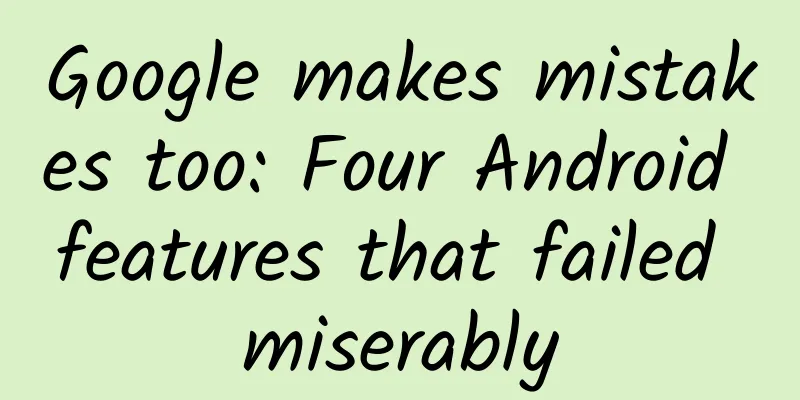Why do smart bracelets always overestimate the distance you run?

|
Have you ever had this experience: on a 400-meter track, not long after you finish two laps, the pedometer app or smart bracelet on your phone reminds you, "Complete 1 kilometer," even though you are still some distance away from the halfway point of the third lap. Is it a miscalculation? Or is the manufacturer of the smart bracelet trying to please you? Neither. The reason your smart tracker always overestimates your running distance is the method used by GPS to calculate distance. Yes, this is a very strange story. GPS calculates distance by collecting a series of coordinates along the entire route, then calculating the distance between each adjacent coordinate, and finally adding up the length of each segment to get the complete distance. The calculation method is simple and intuitive, but why does it always appear inaccurate? You may analyze that most routes in reality are not straight lines, and GPS calculates the straight-line distance between every two coordinates and finally adds them up to get the approximate distance of the entire route. But if this is the case, the distance calculated by GPS should be smaller than the actual distance, so why is it just the opposite in reality? By the way, GPS will have errors when collecting coordinates. Each coordinate point on the entire route may deviate from the actual route. Although the current GPS accuracy is very high, there is an offset between every two points, which will also affect the final result. But if the coordinate points are offset, is it possible that the distance will be shortened? If the offset is random, then the probability that the distance finally counted by GPS is greater or less than the actual distance is the same? Despite your careful consideration, you are still wrong. Recently, researchers from the University of Austria, Delft University of Technology (Netherlands) and the independent research institute Salzburg Forschungsgesellschaft conducted a series of measurements and found that regardless of the distribution of the error, the distance between two points measured by GPS is always greater than the actual distance, unless the error value between the two points is exactly the same. This is because the straight line between two points is the shortest. Only when the positions of the two points are simultaneously offset along this straight line, the distance measured by GPS will be less than the actual distance. However, in fact, according to the researchers' measurements, this situation rarely occurs. Since the total distance is the sum of the distances between each two points, the data measured by GPS is always greater than the actual distance. The researchers also created a formula to calculate how much the distance measured by GPS is offset (OED, Over Estimate of Distance): Among them, d0 is the actual distance, var is the variance of the GPS offset value, and C is the autocovariance between the offset values. The final calculated result is always a positive number, that is, the data measured by GPS is always greater than the actual distance. In addition to theoretical calculations, the researchers also conducted experiments. They found a 10-meter square site, marked it every 1 meter, and the surveyors walked around the site and read the GPS value at each marked point. They found that the actual distance was 1 meter to 5 meters, while the GPS measured data was 1.2 meters to 5.6 meters, with an error of between 12% and 20%. So, next time your wristband tells you that you have run 5 kilometers, don't believe it. However, this is not a big problem for you, and it can also satisfy your vanity. However, professional athletes are sometimes distressed by this because GPS equipment always overestimates their status, which is not good for scientific training. Is there a way to solve this problem? This may involve more professional issues. According to the researchers' proposal, in simple terms, it is to change the GPS measurement method and use speed multiplied by time to calculate distance. This data is more accurate, and the error is random, so the measured distance will not always be greater than the actual distance. As a winner of Toutiao's Qingyun Plan and Baijiahao's Bai+ Plan, the 2019 Baidu Digital Author of the Year, the Baijiahao's Most Popular Author in the Technology Field, the 2019 Sogou Technology and Culture Author, and the 2021 Baijiahao Quarterly Influential Creator, he has won many awards, including the 2013 Sohu Best Industry Media Person, the 2015 China New Media Entrepreneurship Competition Beijing Third Place, the 2015 Guangmang Experience Award, the 2015 China New Media Entrepreneurship Competition Finals Third Place, and the 2018 Baidu Dynamic Annual Powerful Celebrity. |
<<: Cook cried after seeing Surface Pro 4 beat iPad Pro
Recommend
14 self-media publishing platforms and commonly used new media operation tools!
Today, the editor has compiled some tools that yo...
Curious question for the Year of the Snake! What does the world look like from the perspective of a snake?
Review expert: Wang Lei, National Park and Nature...
Why do we have to develop a hydrogen bomb, he said -
He is the recipient of the "Medal of the Rep...
Android source code: a multifunctional player that integrates novels, music and movies
Functional classification: Audio and video Suppor...
Research suggests that pollution caused by AI could cause 600,000 asthma cases and 1,300 premature deaths in the United States
A major study found that by 2030, the electricity...
Information flow advertising data analysis skills!
Information flow advertising often encounters var...
Why do you always get cheated when you are so smart? Uncover the psychological secrets behind telecom fraud
In recent years, "telecom fraud" has be...
MACD indicator detailed tutorial video "The King of Indicators MACD Indicator Application Collection"
MACD indicator detailed tutorial video "The ...
How to quickly achieve user growth through active traffic generation?
Nowadays, not only works of art, but as long as v...
It can greatly relieve stress and make you feel happy. There are so many benefits to visiting the park!
□ Li Zhengrong Recently, a hot word "20-minu...
Top 10 New Media Moments of 2016
In 2016, the new media industry is still hot. Som...
Baidu Search launches new account management diagnostic analysis, increasing leads by 20%
There are many new optimizers entering the indust...
Why is it that “too much salt will make you stupid”?
It is said that "salt" is the first of ...
Solar hydrogel: the "water cycle master" for greenhouse cultivation
Produced by: Science Popularization China Author:...
Jack Ma’s speech at National Taiwan University: There are many opinions in this world, please insist on thinking for yourself
[[128649]] On the evening of March 3, Jack Ma wen...









